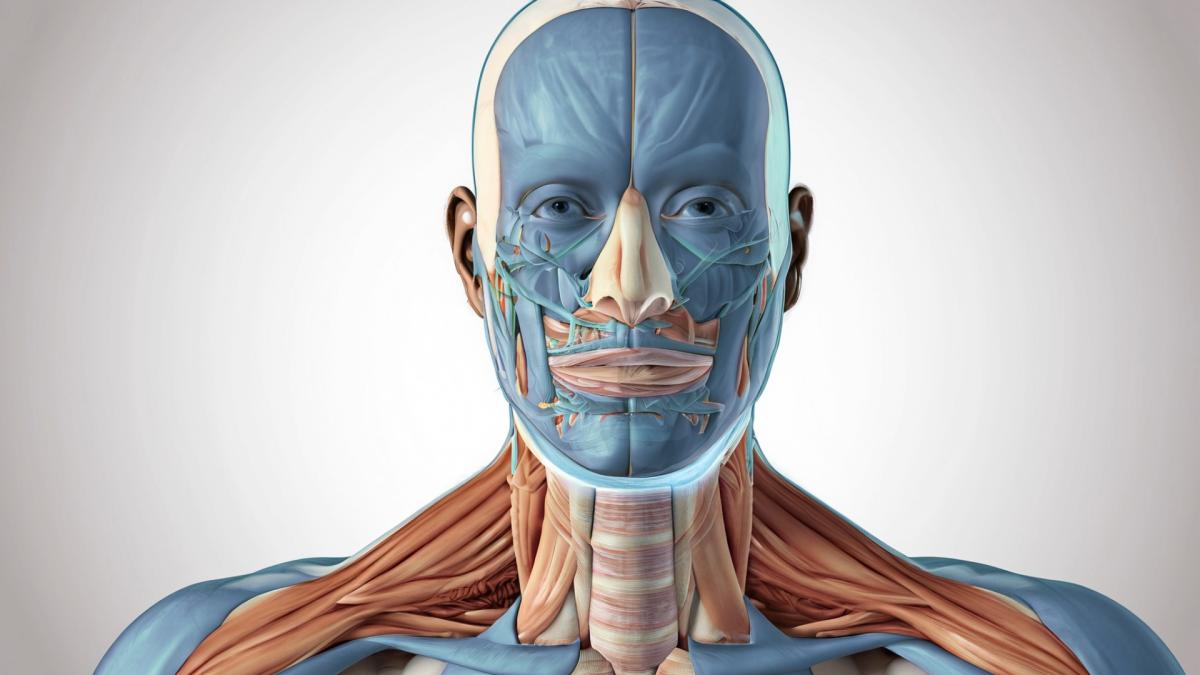
Viruses - Living or Non-Living?
This is a lesson that engages students to critically read informational text, construct an argument with evidence, and engage in academic discourse about the nature, living or non-living, of viruses. The intent of this lesson is to engage students, using inquiry, to relate what they know about the characteristics of life, and how that could or could not apply to viruses. The final side of the debate that students end up choosing is NOT the focus, but instead the practices of reading, writing, and communication in an academic setting are the drivers. Challenging students to argue their perspective, through the use of textual evidence and not emotions, is a great skill and this lesson allows for students to question and wonder beyond the scope of what is presented. Teachers are also challenged to stay open-minded and not influence students based on their own knowledge, thoughts, or opinions.
Lesson Plan Link/URL
https://docs.google.com/presentation/d/1zfJfFUF4X4575hGm1DBreTonXTKxshac/edit?u…Subject Area
Science Life Science L1: Cells Technology 1. Empowered Learner 3. Knowledge Constructor 6. Creative Communicator English Language Arts (ELA) Reading (Informational Text) Writing Speaking & ListeningRelated Content




